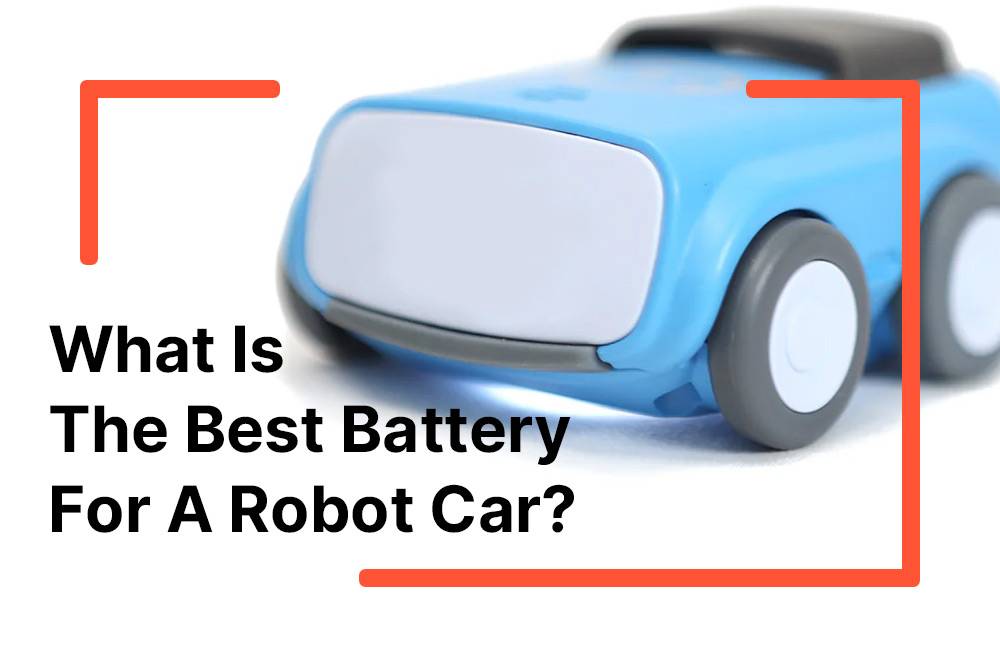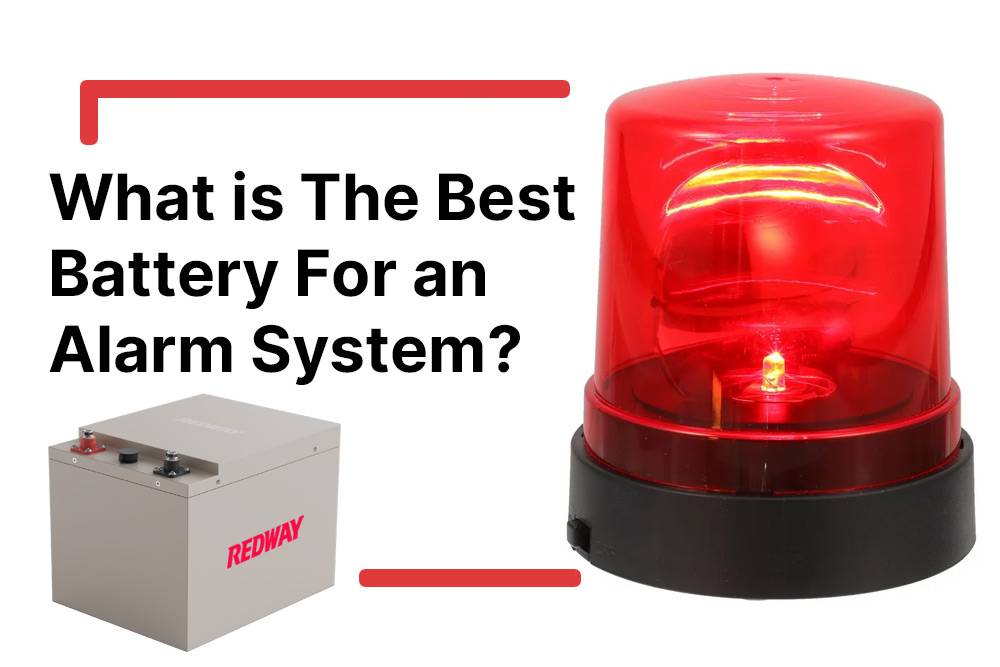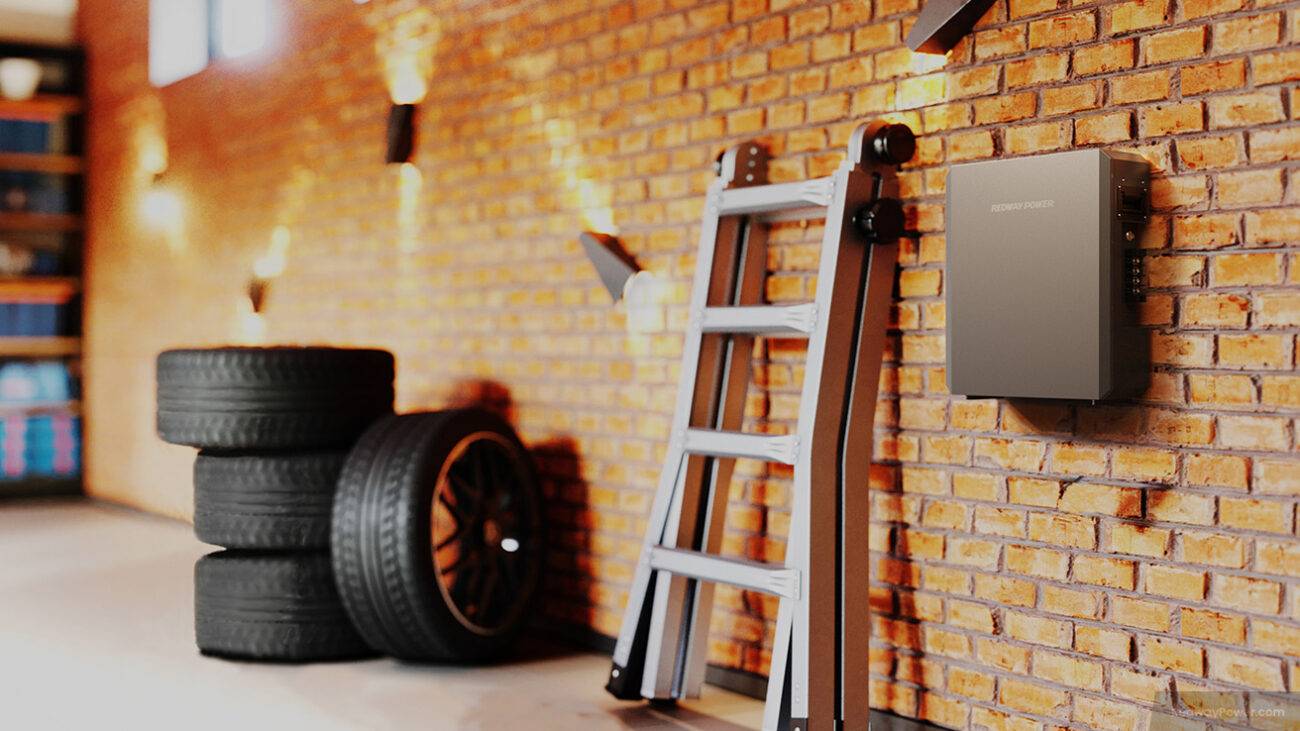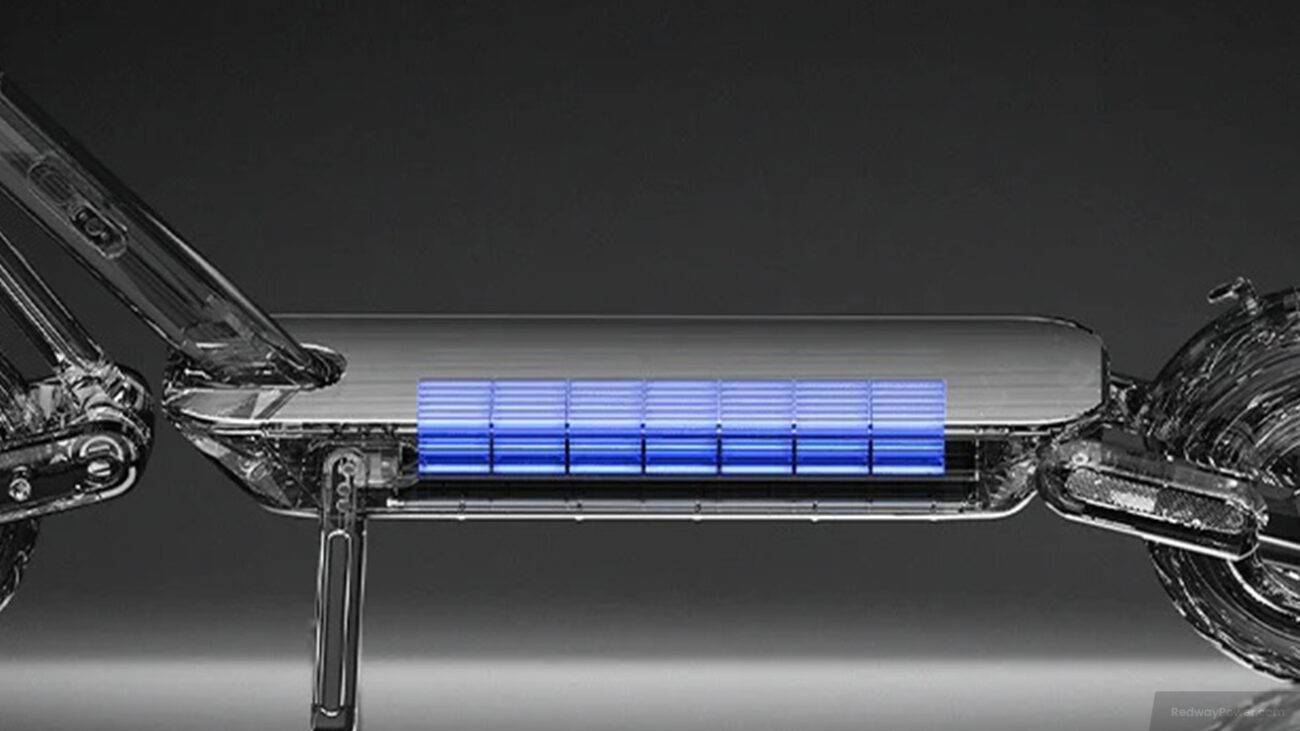Explore the importance of selecting the right battery for your robot car, from performance to safety and convenience. Discover various battery types, factors to consider when choosing, top options on the market, maintenance tips, and common mistakes to avoid for prolonged battery life and efficient operation.
The Importance of Choosing the Right Battery for a Robot Car
Choosing the right battery for a robot car is key for its performance and safety. A suitable battery ensures smooth movement, efficient sensor operation, and fewer interruptions during playtime. High-quality batteries minimize hazards like overheating and fires, enhancing both performance and safety. Invest time in finding the perfect match for your robot car’s power needs!
Let’s explore why this decision matters and how it impacts your robo-vehicle.
- Performance: A suitable battery ensures optimal functioning of your robot car’s motors and electronics, leading to smooth movement, efficient sensor operation, and sustained performance over time.
- Safety: Choosing a high-quality battery minimizes the risk of hazards like overheating or fires, ensuring the safety of both your robot car and its surroundings.
- Convenience: The right battery choice means fewer interruptions during playtime or exploration sessions with your robot companion, as you won’t have to deal with frequent recharging or replacements.
In summary, investing time in finding the perfect battery match for your robot car’s power requirements can enhance its performance, safety, and overall user experience.
Types of Batteries Suitable for Robot Cars
Types of Batteries for Robot Cars: Lithium-ion batteries are light and powerful, great for agile robots. Nickel-Metal Hydride batteries last long and are safe. Lead-Acid batteries are durable but heavy. Solar-powered and rechargeable batteries are eco-friendly. Choose based on weight, lifespan, budget, and environment to optimize your robot car’s performance.
Let’s explore the key factors to consider when making this decision.
- Lithium-ion Batteries: Lightweight and with high energy density, lithium-ion batteries are ideal for agile and maneuverable robot cars. They store more power in a smaller space, allowing for extended operation without adding bulk.
- Nickel-Metal Hydride (NiMH) Batteries: While not as compact as lithium-ion, NiMH batteries offer a longer lifespan and are safer to use. They are also more budget-friendly, making them a practical choice for many robot car applications.
- Lead-Acid Batteries: Despite being heavier and bulkier, lead-acid batteries provide excellent durability and consistent power output. They can withstand extreme temperatures, making them suitable for demanding environments.
- Solar-Powered or Rechargeable Batteries: For sustainability-minded users, solar-powered cells harness sunlight, while rechargeable batteries offer the advantage of multiple uses before replacement. Both options contribute to reducing environmental impact.
By considering factors like weight, lifespan, budget, and environmental concerns, you can select the perfect battery type to optimize your robot car’s performance and efficiency.
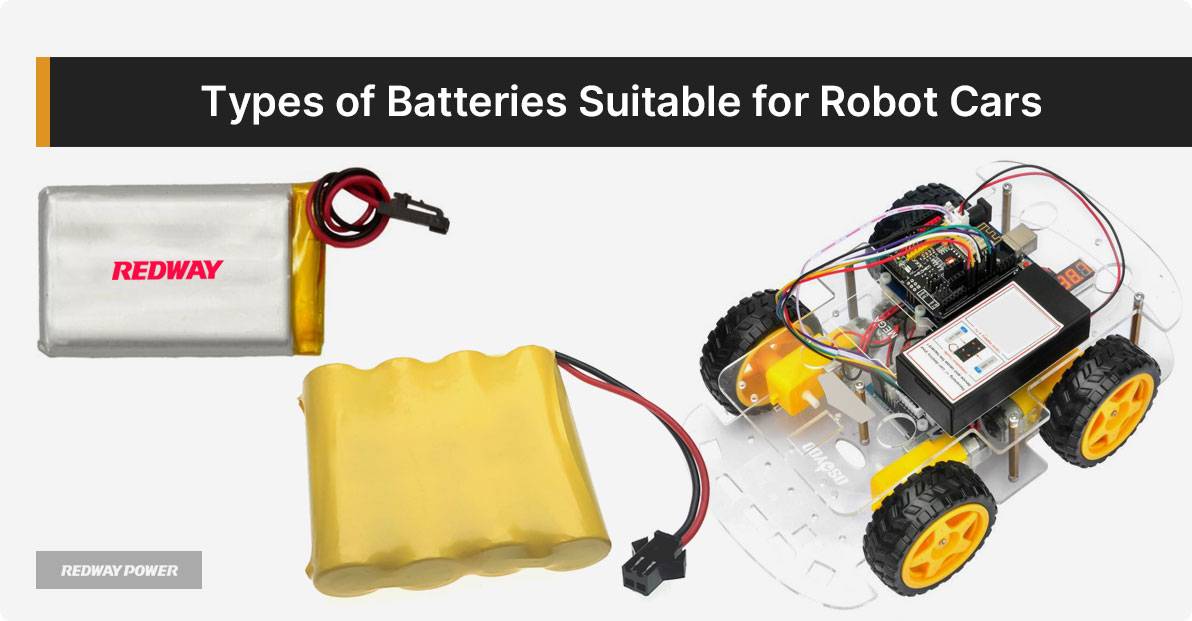
Factors to Consider When Choosing a Battery
When choosing a battery for your robot car, consider power needs, size, weight, charging time, and cost. Ensure the battery fits your car’s space and power requirements without slowing it down. Aim for a balance between quick charging and long-term durability to minimize downtime. Evaluate costs for upfront and long-term expenses to find the best value battery.
Let’s explore the key factors to consider when making this decision.
- Power Requirements: Assess the energy capacity and voltage needs of your robot car to ensure the chosen battery can meet its power demands effectively.
- Size and Weight: Choose a battery that fits within the space constraints of your robot car without compromising on capacity or performance. Additionally, consider the weight of the battery to avoid impacting the car’s maneuverability and speed.
- Charging Time and Cycle Life: Look for a battery with a balance between quick charging times and long-lasting performance to minimize downtime and maximize usage.
- Cost-effectiveness: Evaluate both upfront costs and long-term maintenance expenses to select a battery that offers the best value for your investment.
By considering these factors carefully, you can make an informed decision that enhances the performance and longevity of your robot car.
Top 5 Batteries for Robot Cars on the Market
Discover the best batteries for robot cars! Lithium-ion batteries offer long-lasting power, while Nickel-Metal Hydride ones provide good energy storage. Lightweight Lithium Polymer batteries suit agile cars, and Lead-Acid types offer reliable power. Alkaline batteries are affordable but have lower energy densities. Choose the right battery based on your car’s needs for optimal performance!
Here, we present the top 5 battery options that offer efficiency and longevity.
- Lithium-ion Batteries: With high energy density and long lifespan, lithium-ion batteries provide consistent power output, making them ideal for robot cars requiring sustained performance.
- Nickel-Metal Hydride (NiMH) Batteries: Offering good energy storage capacity and environmental friendliness, NiMH batteries are suitable for extended use before needing a recharge.
- Lithium Polymer (LiPo) Batteries: LiPo batteries are lightweight and deliver high currents, making them perfect for small robot cars that require agility and power.
- Lead-Acid Batteries: Despite being heavier, lead-acid batteries offer reliable power output over time, though they may need periodic maintenance.
- Alkaline Batteries: While affordable and widely available, alkaline batteries have lower energy densities and may not be the best choice for powering robot cars needing sustained performance.
Consider the specific needs of your robot car when choosing from these top battery options to ensure optimal performance.
How to Extend the Lifespan of Your Robot Car Battery
Learn how to extend your robot car battery’s lifespan: avoid overcharging, monitor voltage levels, control temperature exposure, store the battery correctly, and minimize deep discharges. Following these steps ensures optimal performance and longevity. Here are some practical tips to help you achieve that goal.
- Avoid Overcharging: Follow the manufacturer’s recommendations for charging times and durations to prevent excessive heat generation, which can damage the battery cells and reduce capacity.
- Monitor Voltage Levels: Regularly check the battery’s voltage levels using a voltmeter or smart charger to gauge its state of charge and take appropriate action as needed.
- Control Temperature Exposure: Avoid exposing the battery to extreme temperatures, as high heat can accelerate degradation, while cold temperatures can negatively impact performance.
- Store Correctly: When not in use for extended periods, store the battery in a cool, dry place away from direct sunlight to maintain its condition.
- Prevent Deep Discharges: Minimize deep discharges whenever possible, as they can cause irreversible damage to certain battery types. Try to recharge before the battery is fully drained.
By adhering to these maintenance tips, you can significantly prolong the lifespan of your robot car battery and ensure consistent performance over time.
Common Mistakes to Avoid When Using Robot Car Batteries
To ensure optimal performance and longevity of your robot car battery, it’s crucial to avoid common mistakes that can lead to premature wear and potential hazards. Here are key pitfalls to steer clear of when using robot car batteries:
- Overcharging: Avoid leaving the battery plugged in for too long, as overcharging can damage the cells and shorten its lifespan. Always adhere to the recommended charging times provided by the manufacturer.
- Deep Discharge: Refrain from letting the battery fully discharge before recharging, as this can strain the cells and reduce their capacity over time. It’s best to recharge before reaching critically low levels.
- Temperature Limits: Be mindful of exposing the battery to extreme temperatures, which can adversely affect its performance. Avoid direct sunlight and freezing conditions for prolonged periods.
- Incorrect Storage: Store the batteries in a cool, dry place away from moisture and direct sunlight to prevent damage. Improper storage can lead to degradation and reduced efficiency.
- Manufacturer Guidelines: Follow the guidelines provided by the manufacturer for optimal usage and maintenance. Ignoring these instructions may result in diminished performance or damage to the battery.
By avoiding these common mistakes and following best practices, you can maximize the lifespan and performance of your robot car battery, ensuring a seamless and efficient experience.

